Gabapentin is becoming a popular medication for managing various conditions in cats, particularly for pain relief and anxiety.
If you’re considering liquid gabapentin for your cat, make sure you understand the correct dosage and administration techniques to ensure effectiveness and safety.
Many cat owners find themselves confused about how to use this liquid form, especially when it comes to measuring out the right doses.
This medication is typically available in a 1 ml liquid form, making it easier to administer than tablets or capsules.
The liquid format is especially useful for cats that may be finicky or have difficulty swallowing pills.
As with any medication, you need to consult your veterinarian for personalized advice tailored to your cat’s specific needs and health conditions.
With the right information, you can confidently manage your cat’s treatment and improve their overall well-being.
Understanding how to properly use liquid gabapentin can make a difference in your feline friend’s quality of life.
Key Takeaways
- Liquid gabapentin offers an effective way to manage pain and anxiety in cats.
- Proper dosage and administration are key to its safety and effectiveness.
- Always consult your veterinarian before starting any medication.
Understanding Gabapentin
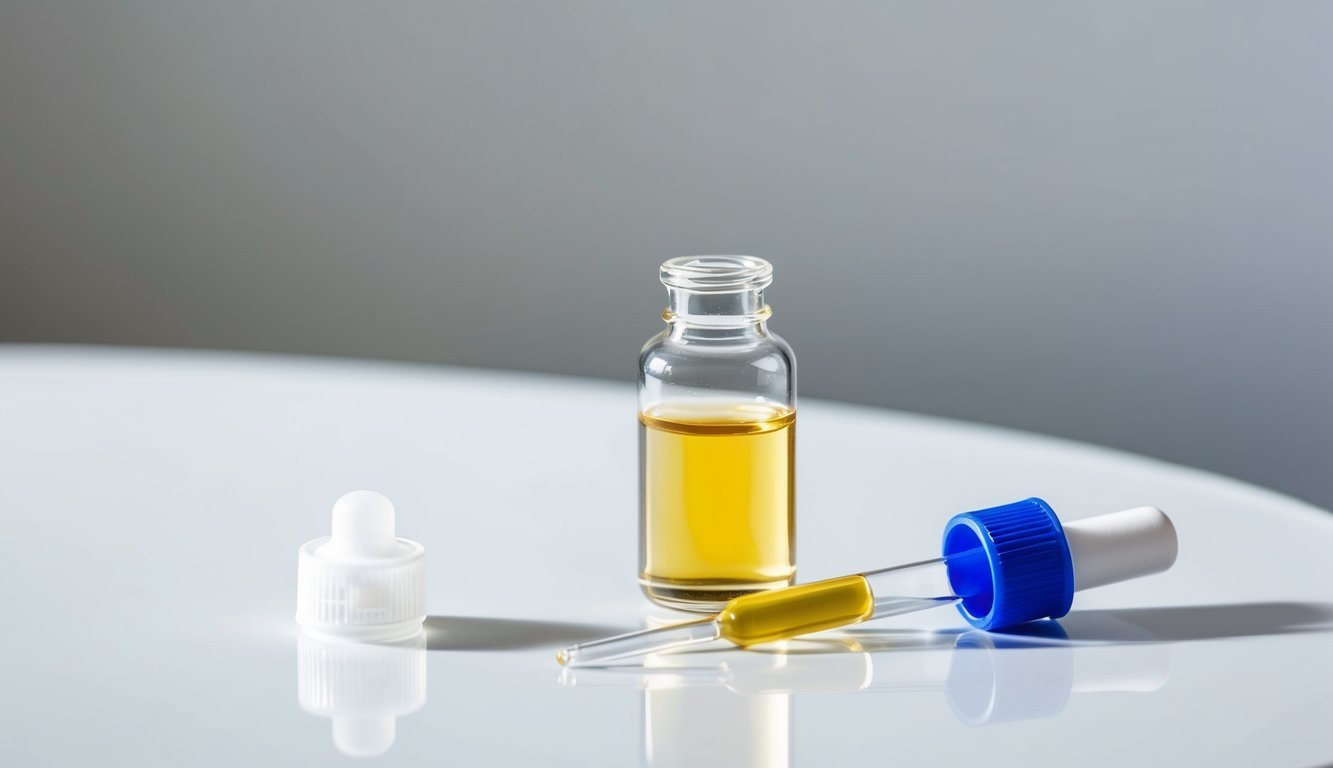
Gabapentin is a medication often prescribed for cats to manage various health conditions.
Its effects include calming anxiety and alleviating different types of pain.
Below, you’ll find key details about its mechanism, usage as an anticonvulsant, and its effectiveness against neuropathic pain.
Mechanism of Action
Gabapentin primarily works by affecting neurotransmitters in the brain.
It binds to calcium channels in the central nervous system, which helps to reduce the release of excitatory neurotransmitters.
This action helps in dampening excessive electrical activity, which is crucial for controlling seizures and managing pain.
The precise pathways of how gabapentin behaves in cats can vary.
Still, it’s mainly recognized for inhibiting the pain path signals that travel through nerves.
Understanding these mechanisms is key to recognizing why your veterinarian might recommend this medication.
Gabapentin as an Anticonvulsant
Gabapentin is used effectively as an anticonvulsant in cats, especially for those experiencing seizures.
It acts by stabilizing electrical activity in the brain.
This feature makes it a valuable option when other medications may not be suitable or effective.
The typical dosage range varies, so it’s crucial that your veterinarian prescribes the appropriate amount for your cat’s specific condition.
Regular monitoring is necessary to evaluate the effectiveness and adjust dosages as required.
Being aware of possible side effects, like sedation, will help you manage your cat’s overall well-being during treatment.
Gabapentin for Neuropathic Pain
Gabapentin is particularly beneficial for managing neuropathic pain in cats.
This type of pain often stems from nerve damage or disease and can be challenging to treat.
Gabapentin helps by altering the way your cat perceives pain signals, making it a valuable tool for pain management.
The medication is generally well-tolerated, but dosages must be tailored to each cat’s needs.
Side effects, such as mild sedation, may occur but are often manageable.
Understanding these aspects allows you to work closely with your veterinarian to optimize your cat’s pain relief.
Gabapentin Dosage and Administration
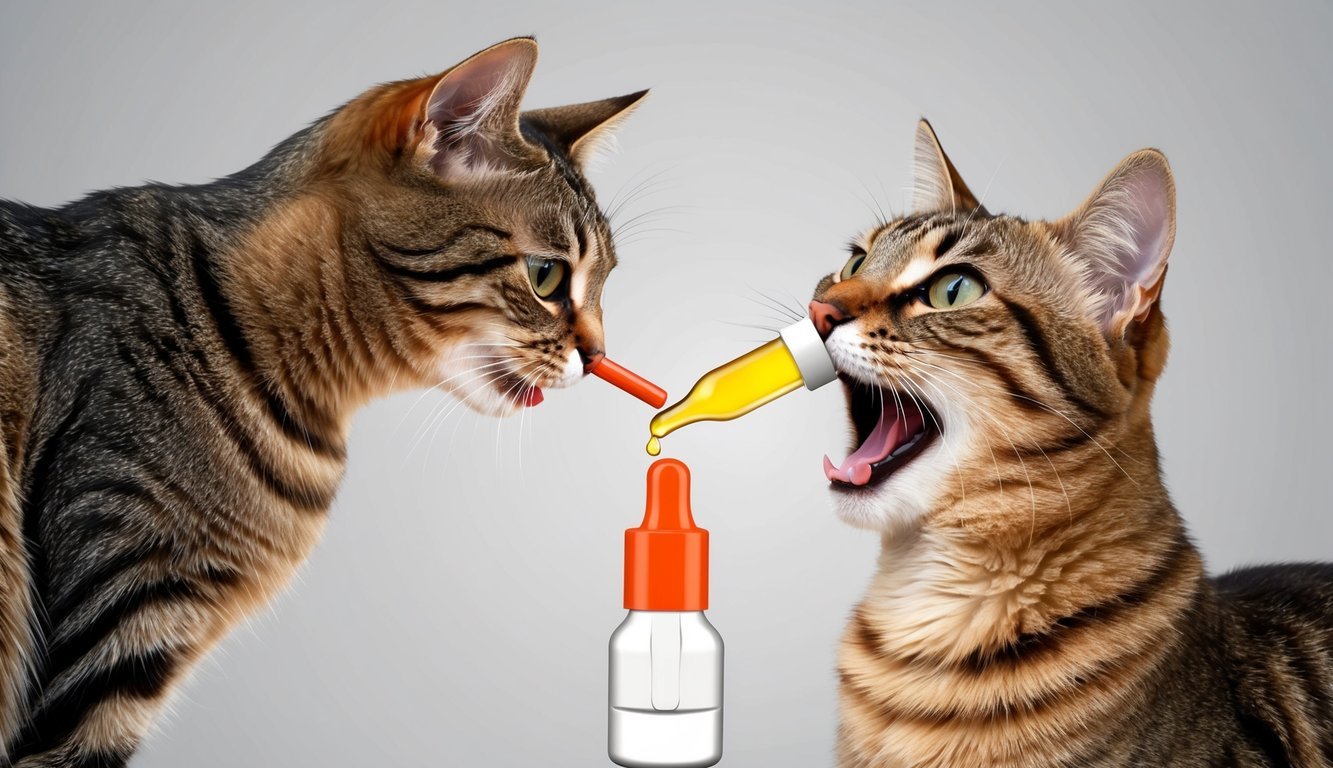
Understanding how to administer gabapentin and determine the correct dosage for your cat is essential for ensuring effective pain management or sedation.
This medication can be crucial for your pet’s wellbeing.
Determining the Correct Dosage
To find the right dosage of gabapentin for your cat, consult your veterinarian.
Dosage can depend on several factors, including your cat’s weight, age, and specific health issues.
- Typical dosages for pain relief range from 1.25 to 2 mg/kg every 12 hours.
- If it’s for seizures, the dosage is usually between 2-5 mg/lb or 5-10 mg/kg, administered every 8 to 12 hours.
Always adhere strictly to your vet’s instructions.
Incorrect dosages can lead to inadequate pain relief or adverse side effects.
Administering Liquid Gabapentin
Liquid gabapentin is often preferred for its ease of administration, especially for cats that resist pills.
- Measure Carefully: Use a syringe to draw the correct dosage. If your veterinarian prescribed 1 ml for your cat, ensure you measure it accurately.
- Administering: Gently place the syringe in the side of your cat’s mouth, and slowly squirt the medication in. This technique minimizes the risk of choking.
- Reward Afterwards: After giving the medication, offer a treat or some catnip to make the experience more positive for your pet.
Ensure you store any leftover liquid in a cool, dry place, and follow the expiration date.
Gabapentin Dosage Chart for Cats
Here’s a basic dosage chart to guide you:
| Purpose | Dosage |
|---|---|
| Pain Relief | 1.25 – 2 mg/kg every 12 hours |
| Seizures | 2 – 5 mg/lb every 8-12 hours |
| Sedation | 40 – 70 mg for small cats; 75 – 90 mg for larger cats |
Use this chart as a reference, but always prioritize your vet’s guidance.
Adjustments may be necessary based on your cat’s response to the medication or any side effects.
The Therapeutic Uses of Gabapentin in Cats
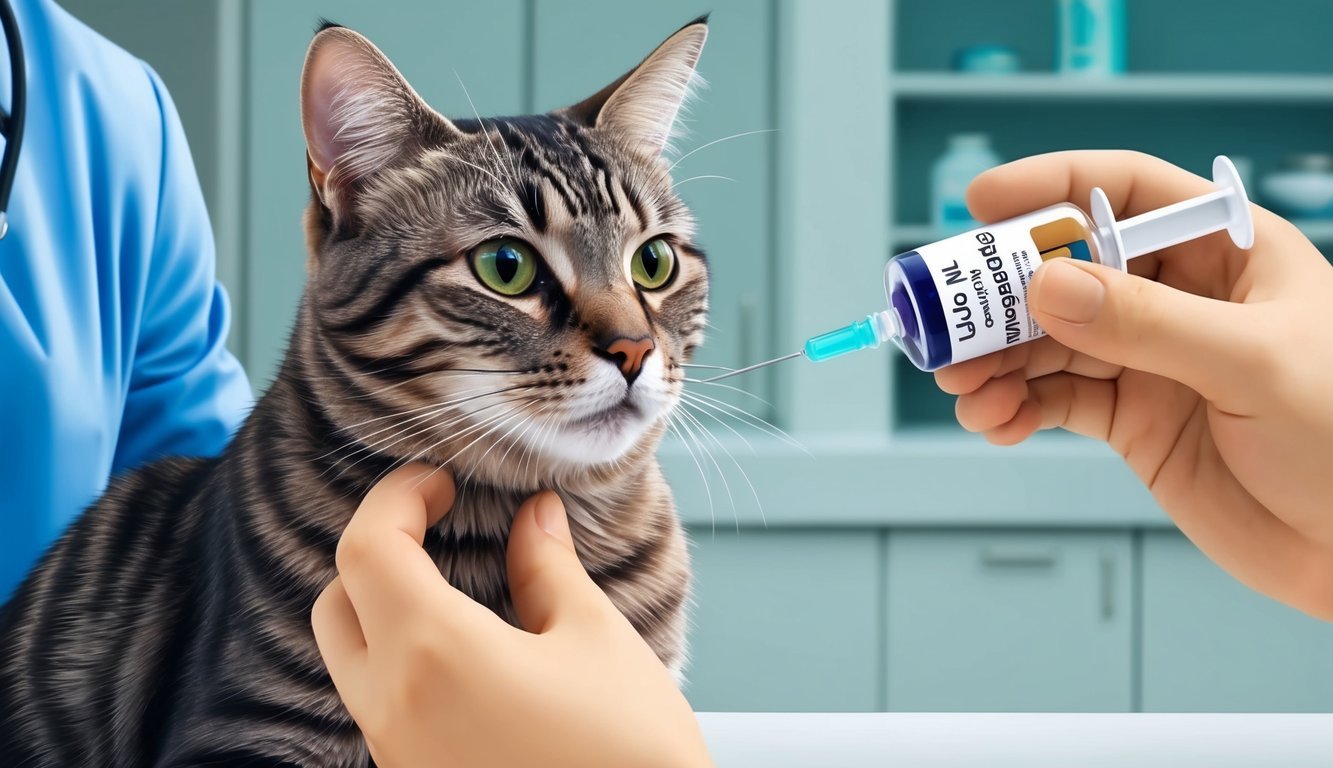
Gabapentin serves multiple therapeutic purposes for cats, providing relief from various conditions.
Its primary uses include managing chronic pain, treating anxiety and stress, controlling seizures, and making veterinary visits less stressful.
Managing Chronic Pain
Gabapentin is often prescribed to help manage chronic pain in cats, particularly for conditions like arthritis or neuropathic pain.
Your vet might recommend gabapentin as a part of a multi-modal pain management plan.
Dosing typically starts at 1.5 to 5 mg per pound of your cat’s body weight, given every 12 hours.
This can vary based on your cat’s specific needs and health conditions.
Regular monitoring by your veterinarian is important to assess effectiveness and adjust dosages.
Treating Anxiety and Stress
If your cat experiences anxiety or stress, gabapentin may help.
It can be beneficial in situations that cause distress, such as thunderstorms, fireworks, or travel.
Gabapentin can promote a calmer state, making these experiences less traumatic for your feline friend.
For anxiety relief, your vet might suggest administering 50-100 mg of gabapentin as a preemptive measure before stressful events, such as a trip to the vet.
This can help your pet feel more at ease and reduce unwanted behaviors, like hiding or excessive vocalization.
Control of Seizures in Cats
Gabapentin is also used as an adjunct treatment for seizures in cats.
If your cat is diagnosed with epilepsy or other seizure disorders, gabapentin can be part of the management strategy alongside traditional anticonvulsants.
Dosages can range from 2.5 to 5 mg per pound of your cat’s body weight every 8 to 12 hours.
Regular veterinary visits are crucial to track your cat’s response to treatment and make necessary adjustments to the dosage.
Use During Veterinary Visits
Veterinary visits can be stressful for many cats.
Gabapentin can be prescribed beforehand to calm your cat during these trips.
By giving gabapentin a few hours prior, you can help alleviate your cat’s anxiety about the unknown environment of the vet’s office.
A common practice is to administer 1-2 hours before the appointment to maximize its calming effects.
This proactive approach can lead to a more cooperative experience for both you and your cat, making vet visits smoother and less frightening.
Potential Side Effects and Risks
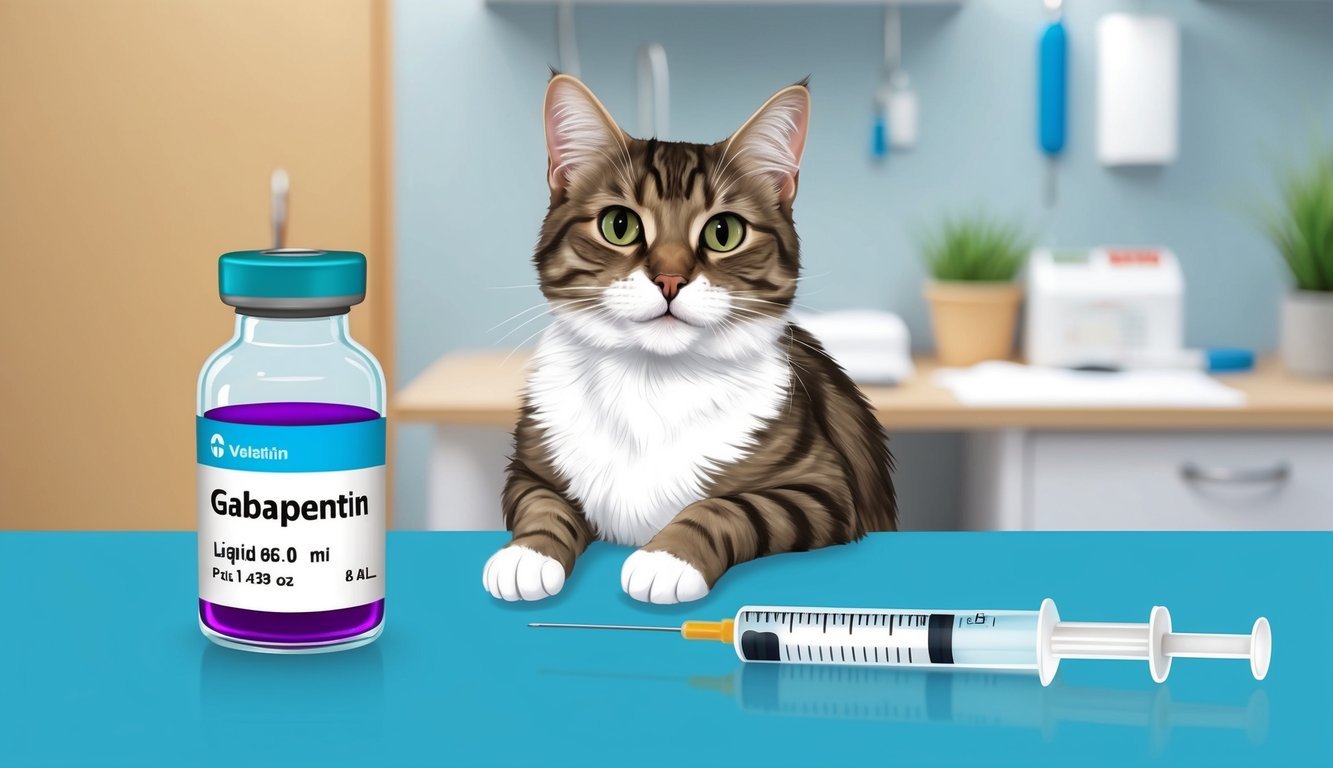
When administering 1 ml liquid gabapentin to your cat, it’s crucial to be aware of the potential side effects and risks involved.
Being informed can help you monitor your cat’s health effectively and ensure their safety.
Common Side Effects
Some common side effects of gabapentin in cats include drowsiness, ataxia (loss of coordination), and sedation.
Your cat may appear lethargic or less active than usual, which can be concerning.
If you notice the onset of these symptoms, keep a close eye on your feline friend.
These effects often depend on the dosage and your cat’s individual response.
You should contact your veterinarian if drowsiness or sedation lasts longer than it should.
Additionally, consider adjusting the dose if these effects seem excessive.
Gabapentin Side Effects in Cats
Gabapentin may also lead to gastrointestinal upset in some cats.
Symptoms like vomiting or diarrhea can occur, particularly if your cat’s system is otherwise sensitive to medications.
Monitoring their eating habits and bathroom behaviors can help you identify any issues early.
In rare cases, cats may experience allergic reactions, which could manifest as swelling, difficulty breathing, or rashes.
If you notice any severe reactions, seek veterinary assistance immediately.
Understanding Drug Interactions
It’s essential to know that gabapentin can interact with other medications.
For instance, combined use with opioids or other sedatives may increase drowsiness and sedation.
Always inform your veterinarian about any other medications or supplements your cat is taking.
Be cautious when introducing new treatments.
If your cat has any pre-existing conditions or is on other medications, the veterinarian may adjust gabapentin dosing to minimize potential interactions.
Check with your vet if you’re unsure.
Risks Associated with Liver and Kidney Disease
If your cat has liver or kidney disease, gabapentin may pose additional risks.
Since these organs play crucial roles in processing medications, compromised liver or kidney function can lead to increased drug accumulation in the body.
Monitoring these cats closely is vital for avoiding complications.
Your vet may conduct blood tests to ensure your cat’s organ function remains stable.
Dose adjustments may be necessary based on these results.
Being proactive can help you manage your cat’s health effectively.
Best Practices for Cat Owners
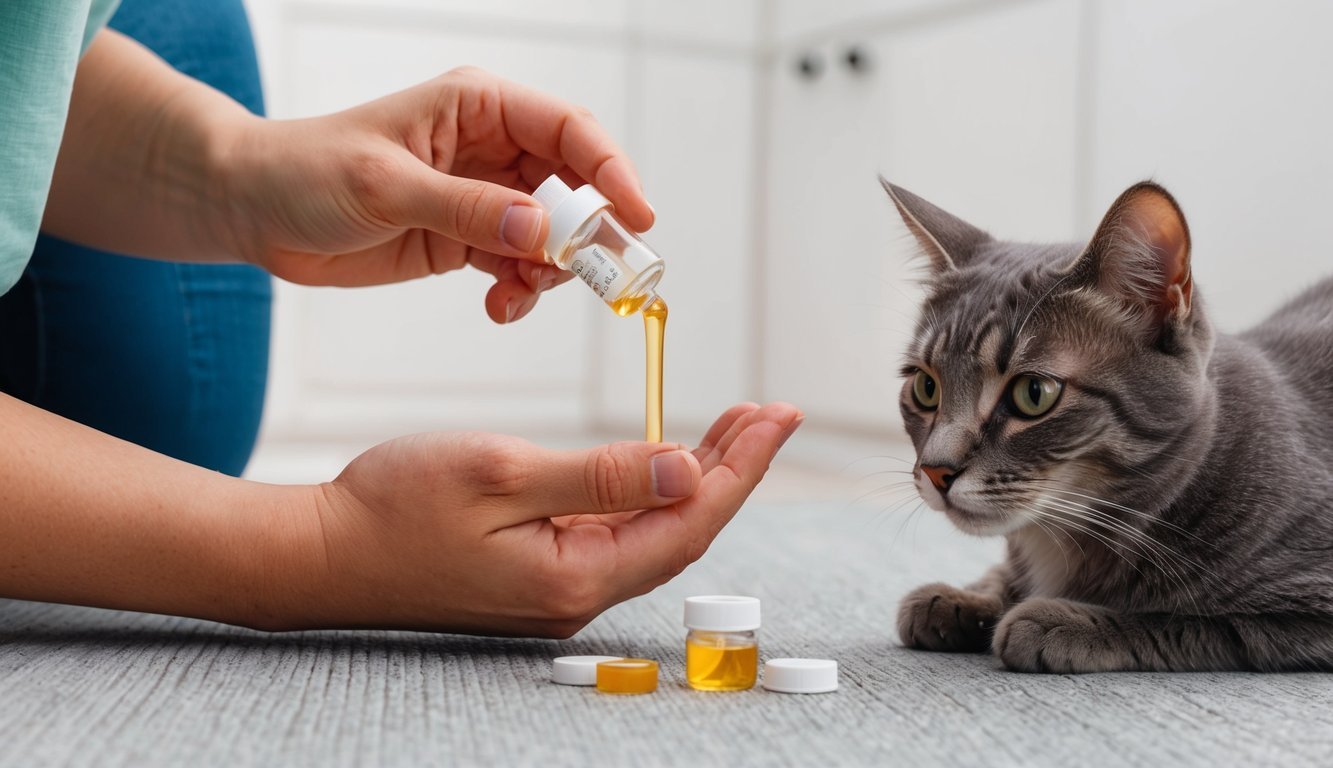
When administering liquid gabapentin to your cat, it’s essential to monitor their response closely.
Understanding the signs of overdose and knowing how to store the medication safely can help ensure your pet’s well-being.
Monitoring Your Cat’s Response to Gabapentin
After giving your cat liquid gabapentin, keep an eye on their behavior and physical condition.
Look for specific signs that indicate the medication is working or causing issues.
- Pain Relief: Notice if your cat seems more comfortable or engages in activities they typically avoid due to pain.
- Sedative Effects: Watch for increased drowsiness or unusual lethargy. It’s common for gabapentin to have a calming effect, but excessive sedation may indicate a need to adjust the dosage.
If you observe any significant changes—like difficulty breathing, unusual aggression, or coordination issues—contact your veterinarian immediately for guidance.
Dealing With Overdose
Accidental overdose can occur if a dose is miscalculated or if your cat ingests more than prescribed.
If you suspect an overdose, act quickly.
Signs of overdose may include:
- Increased sedation or lethargy
- Vomiting or diarrhea
- Tremors or seizures
If you notice any of these symptoms, do not wait.
Contact your veterinarian or an emergency animal clinic right away.
They may recommend inducing vomiting or bringing your cat in for treatment.
Having the medication bottle on hand can assist in providing critical information to the healthcare provider.
Ensuring Safe Storage
Proper storage of gabapentin is vital to prevent accidental ingestion.
Keep the medication in a secure place, out of reach of your cat and any other pets.
Consider these tips:
- Use the Original Container: Store liquid gabapentin in its original container with the label intact.
- Check Expiration Dates: Regularly check for expiration and dispose of any outdated medications correctly.
- Temperature Control: Store the medication at room temperature, avoiding areas with high humidity or extreme temperatures.
By following these practices, you can help ensure that gabapentin serves its purpose effectively while keeping your cat safe and sound.
Frequently Asked Questions
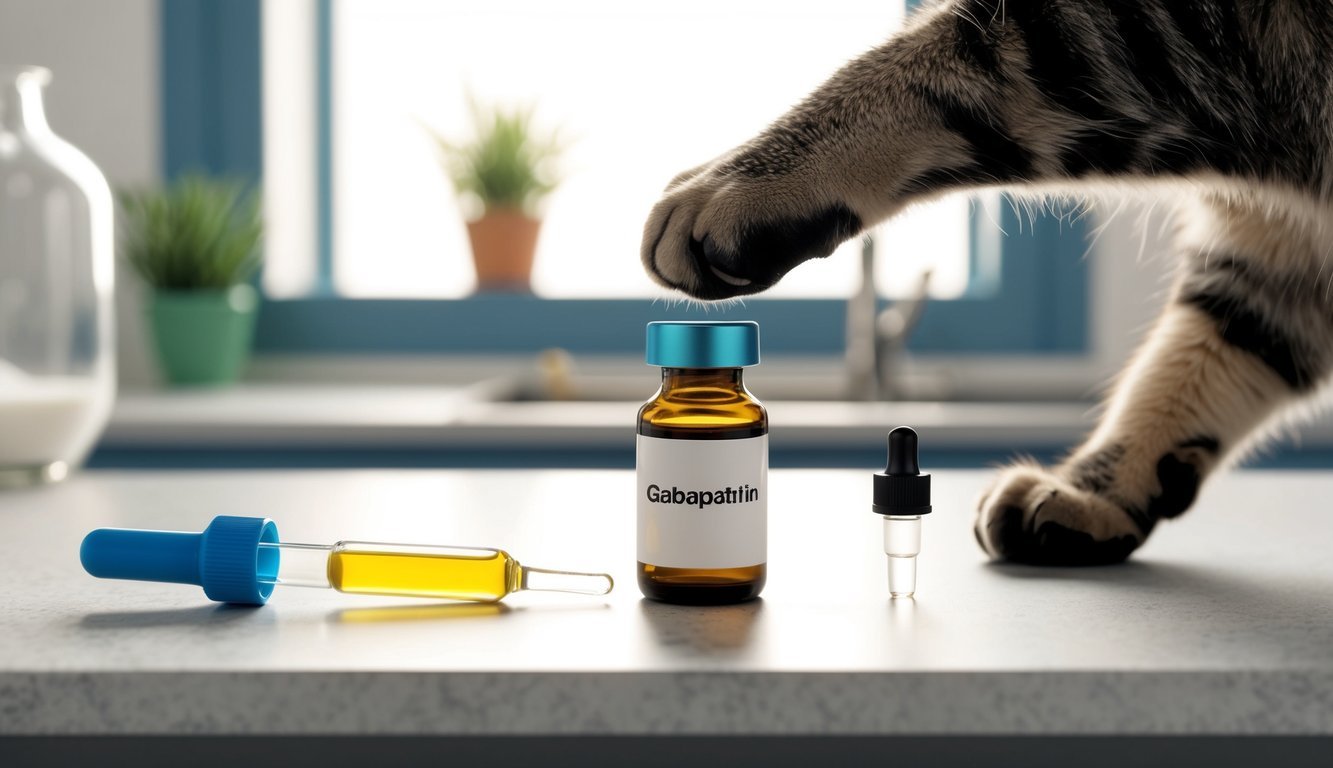
When considering gabapentin for your cat, you likely have many questions.
Below are some common inquiries regarding dosage, effects, and specific situations like travel.
How much gabapentin can I give my cat in a day?
The typical daily dosage for gabapentin in cats ranges from 10 to 50 mg per pound of body weight.
Consult your veterinarian to determine the best dosage based on your cat’s specific needs and medical history.
What’s the recommended gabapentin dosage for cats based on weight?
For cats, the recommended starting dosage is often around 1 to 5 mg per pound.
For example, a 10-pound cat may receive a dose between 10 to 50 mg.
Always follow your vet’s guidelines for exact dosing.
Are there any side effects from giving my cat gabapentin?
Potential side effects may include drowsiness, ataxia (lack of coordination), and gastrointestinal upset.
Most cats tolerate gabapentin well, but make sure to monitor your cat for any adverse reactions after administration.
How long does the effect of gabapentin last in cats?
Gabapentin typically takes effect within one to two hours and can last around eight to twelve hours.
The duration can vary based on factors like the individual cat’s metabolism and the specific condition being treated.
What is the appropriate gabapentin dosage for a cat when traveling?
For traveling, veterinarians often recommend a dose about 30 minutes to one hour before departure to help reduce anxiety.
Consult your veterinarian for the appropriate dosage based on your cat’s weight and health status.
Can gabapentin in liquid form be more potent than pills for cats?
Liquid gabapentin can provide a more immediate effect and may be easier to administer to some cats.
However, potency is generally comparable when dosed correctly.
Always confirm the proper dosage and form with your veterinarian.

